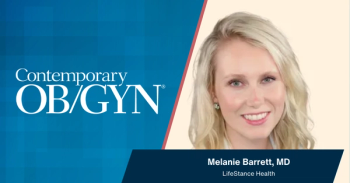
Binge drinking common among US teen girls
Sobering statistics from the Centers for Disease Control and Prevention (CDC) reveal that in 2011, 54.6% of high-school girls who consumed alcohol reported binge drinking.
Sobering statistics from the Centers for Disease Control and Prevention (CDC) reveal that in 2011, 54.6% of high-school girls who consumed alcohol reported binge drinking. The prevalence was highest for high-school seniors: 61.7% of 12th-grade girls who used alcohol reported binging.
The CDC analyzed data from the 2011 Behavioral Risk Factor Surveillance System to describe the prevalence, frequency, and intensity of binge drinking (4 or more drinks on an occasion in the last 30 days) among US women aged
≥18 years. Data were also analyzed from the 2011 national Youth Risk Behavior Survey on the prevalence of current alcohol use (1 or more drinks during the past 30 days) and binge drinking (5 or more drinks in a row during the past 30 days) among US high school girls in grades 9-12.
Binge drinking was most prevalent among women aged 18 to 24 years (24.2%) and 25 to
34 years (19.9%), and among those from households with annual incomes ≥$75,000 (16.0%).
Women metabolize alcohol differently and reach higher blood alcohol levels compared with men when consuming the same amount of alcohol, even after accounting for body size, food consumption, and other factors, the report notes. Binge drinking increases a woman’s risk of unintended pregnancy and adverse outcomes such as miscarriage or birth defects, as well as of acquiring HIV, sexually transmitted infections, heart disease, and breast cancer, the researchers caution.
Underage girls are “overexposed” to the marketing of flavored alcoholic beverages, the researchers say, increasing the risk that girls will begin drinking alcohol at a young age and consume more alcohol when
they drink.
Binge drinking accounted for more than half of the estimated 23,000 deaths and 633,000 years of potential life lost among women and girls in the United States from 2001 to 2005 that were attributed to excessive alcohol consumption.
Newsletter
Get the latest clinical updates, case studies, and expert commentary in obstetric and gynecologic care. Sign up now to stay informed.










